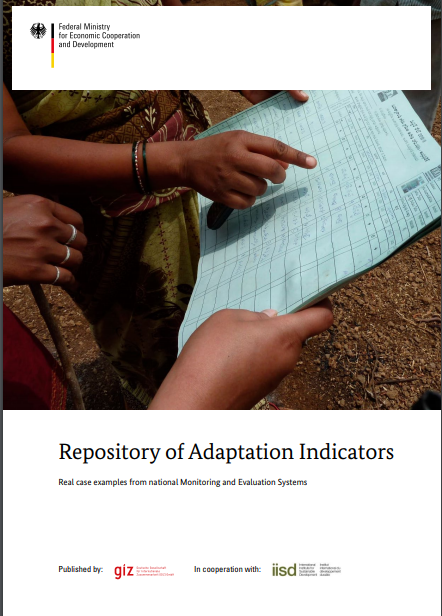When implementing climate measures, indicators play a critical role in monitoring and evaluation (M&E) mechanisms. In addition to promoting transparency, they justify investments in climate change adaptation projects as effective and sustainable actions.
In Mexico, the General Law on Climate Change (LGCC) recognizes in Article 27 that the national policy of adaptation to climate change “will be based on instruments of diagnosis, planning, measurement, monitoring, reporting, verification, and evaluation”, with the aim of reducing the vulnerability of society and ecosystems, as well as strengthening the resilience of natural and human systems to the effects of climate change. This provision is essential to glimpse the progress that Mexico has made in complying with Nationally Determined Contributions (NDCs) on adaptation.
The monitoring and evaluation (M&E) instruments, as well as facilitating the monitoring of project progress, function as a transparency and accountability mechanism that is attractive for both political and financial decision makers. Thus, managers of climate change adaptation projects must design M&E mechanisms with indicators that provide unequivocal conclusions about how adaptation measures reduce vulnerabilities to the consequences of climate change.
The formulation of indicators for monitoring and verifying the results of adaptation projects presents challenges, amongst them the uncertainties about the local and regional consequences of climate change, the time horizon of climate variability, and the relationship between climate change and other social aspects. Likewise, given the diversity of socio-cultural, socio-political and geographic contexts, there is no universal indicator or list of indicators that can evaluate the results of adaptation or promote their replicability.

